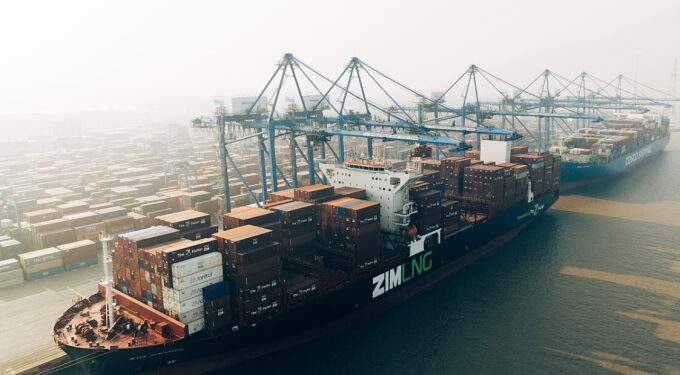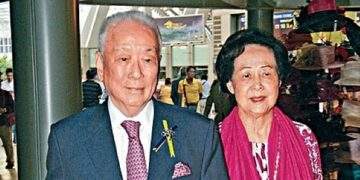In a recent directive, he directed ministries, local authorities and state-owned enterprises to implement strategies to address the U.S. tariff policy.
He wanted the trade ministry to continue negotiations to ensure a “comprehensive trade agreement that strengthens bilateral economic and trade relations in a balanced and sustainable manner.”
He also instructed it to promptly implement existing trade agreements and commitments with the U.S.
 |
|
Lach Huyen Terminal, Hai Phong City, Jan. 20, 2025. Photo by VnExpress/Le Tan |
Furthermore, it has to disseminate information to the public and businesses on the U.S.’s tariff policy and provide guidance, including on Vietnam’s exports and related matters.
The U.S. slapped so-called “reciprocal” tariffs on trading partners, effective August 1, with rates amounting to 10-41%.
The tariff rate for Vietnam is set at 20%, down from the 46% it announced in April.
The Ministry of Finance is drafting a resolution along with the trade ministry, the State Bank of Vietnam and other relevant agencies for submission to the government on comprehensive measures to address the U.S. tariff policy. The deadline for its completion is August 13.
The PM has directed ministries, localities, and agencies to effectively implement support measures and enhance the competitiveness of industries and businesses affected by the new policy.
They also have to support implementation of origin traceability systems and participation in regional and global supply and value chains.
Vietnam’s trade with the U.S. last year was worth $149.7 billion, with its exports amounting to $136.6 billion, according to the U.S. Customs and Border Protection.
Its trade surplus with the U.S. was worth $123.5 billion, behind only China and Mexico.
In the first five months of this year Vietnam-U.S. trade topped $77.4 billion, a 36.5% increase year-on-year.
Vietnam’s exports were worth $71.7 billion, up 37.3%, while imports rose by 30.7% to $5.7 billion.



